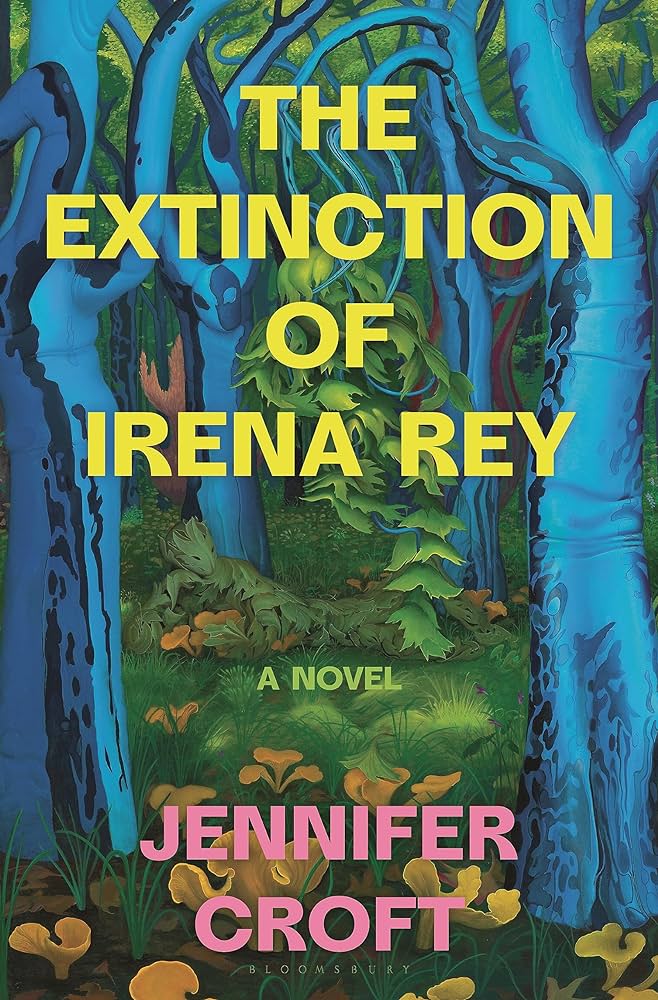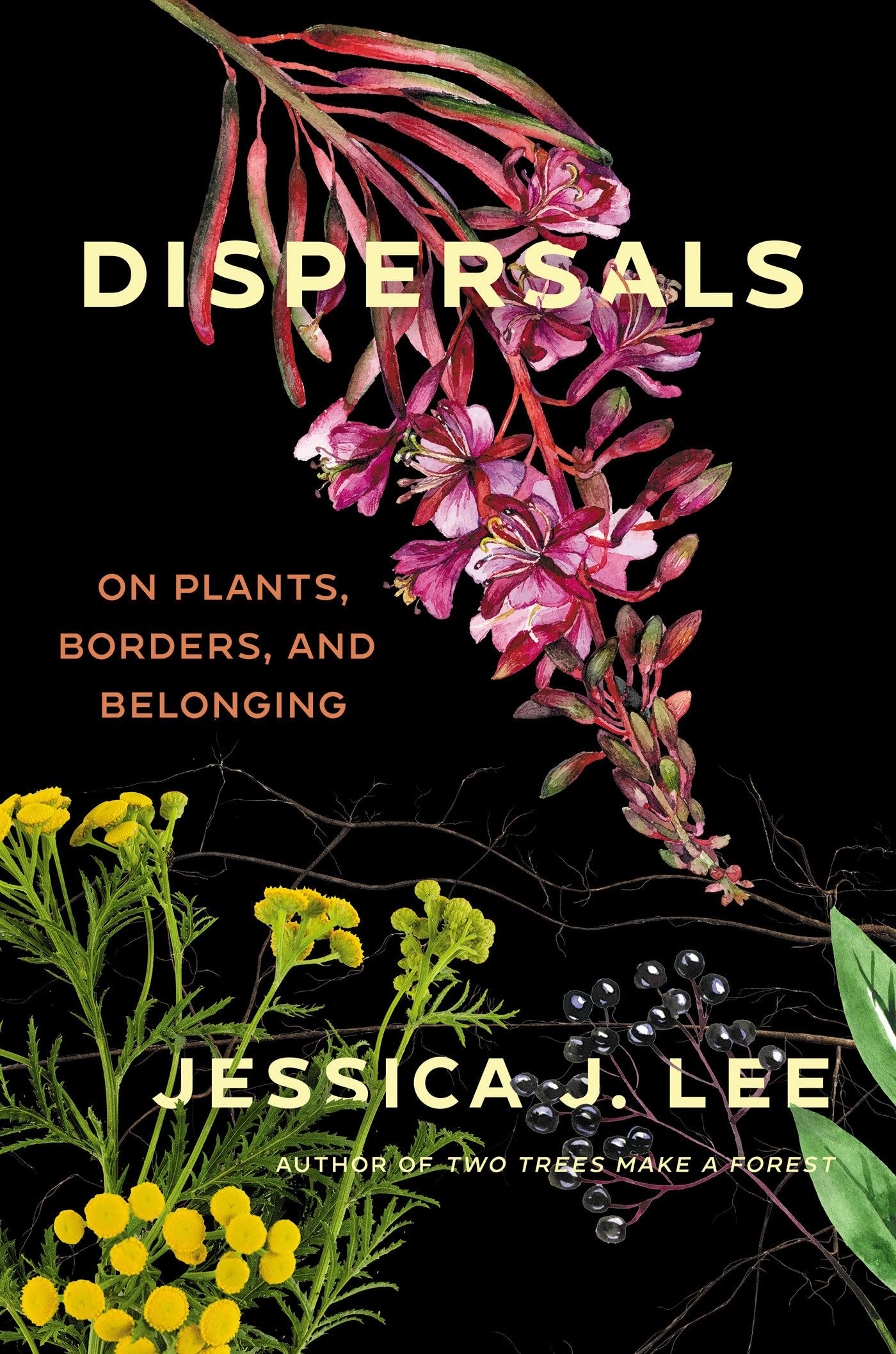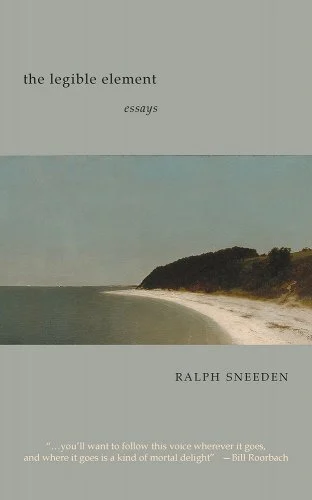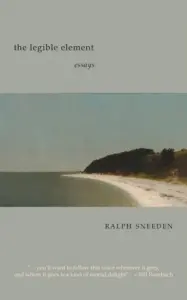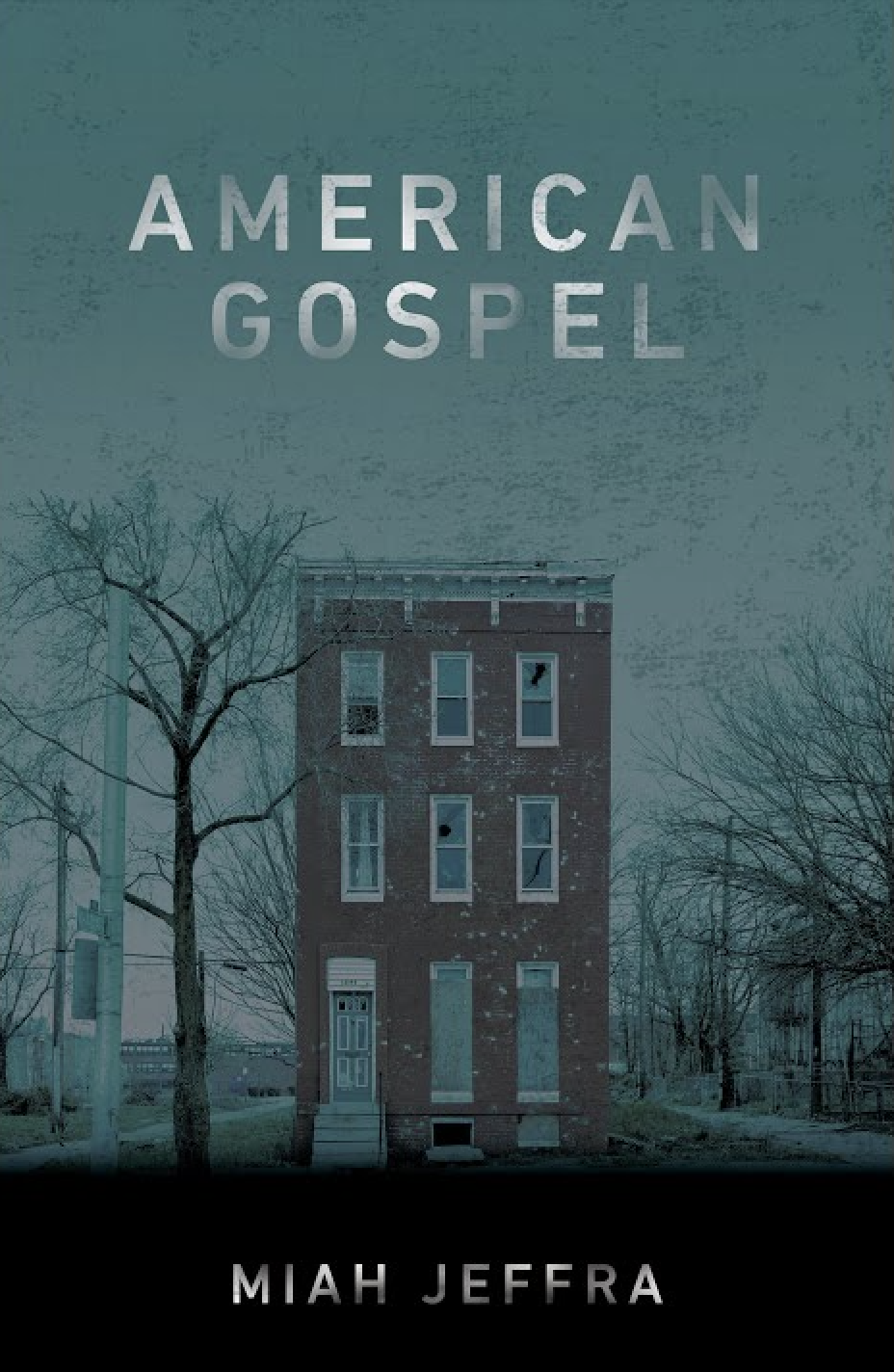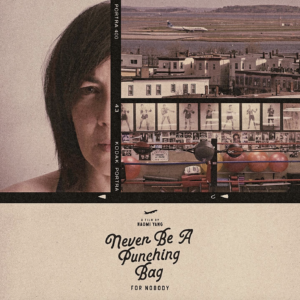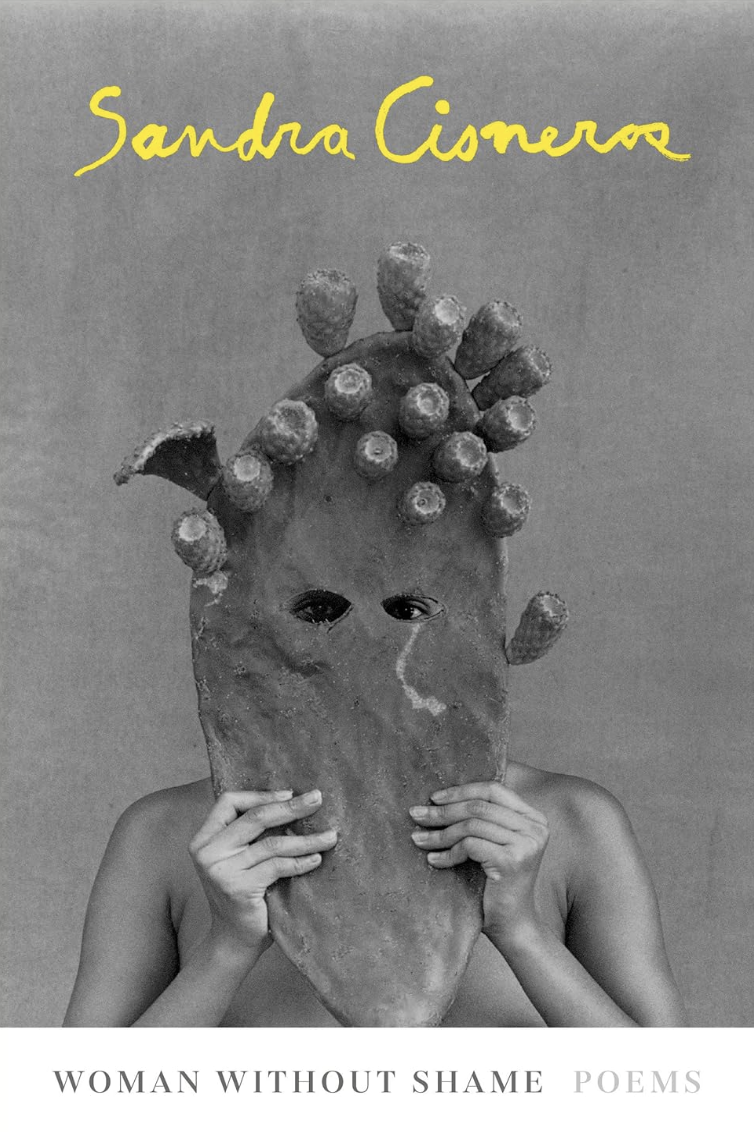By JENNIFER CROFT
Review by CHRIS JOHN POOLE
At first, the autobiographical roots of The Extinction of Irena Rey seem simple to trace. This is a novel by writer-translator Jennifer Croft, who works in Spanish and Polish; its protagonist is a Spanish writer-translator. This is a novel from the acclaimed translator of Olga Tokarczuk’s Flights; the eponymous Irena Rey is a Polish literary megastar. This is a novel from a staunch advocate for translators’ visibility; its eight main characters are all translators who seek—and perhaps supplant–their elusive muse.
Yet it is the very abundance of extratextual parallels that makes it so difficult to situate Croft within her text. Unlike Croft’s debut Homesick, a hybrid novel-memoir, The Extinction of Irena Rey provides no single stand-in for its author; instead, a network of interlinked characters echo Croft’s own life. From the novel’s tantalising biographical parallels, countless questions arise: is Irena Rey modelled on Tokarczuk or Croft? Is protagonist Emilia a self-insert, or a novel creation? Ultimately, it seems, these characters are hybridisations of Croft and her influences, as within this novel the lines between self and other, like those between truth and fiction, begin to blur.
